The 100 greatest cathedrals in Europe, as picked by Simon Jenkins
Simon Jenkins gives himself a daunting task with his latest book, Europe's 100 Best Cathedrals (Viking, £30), which does no less than attempt to both explain and judge the masterpieces of western civilisation. Clive Aslet took a look and found a tome that will set readers 'afire to go on architectural pilgrimage'.
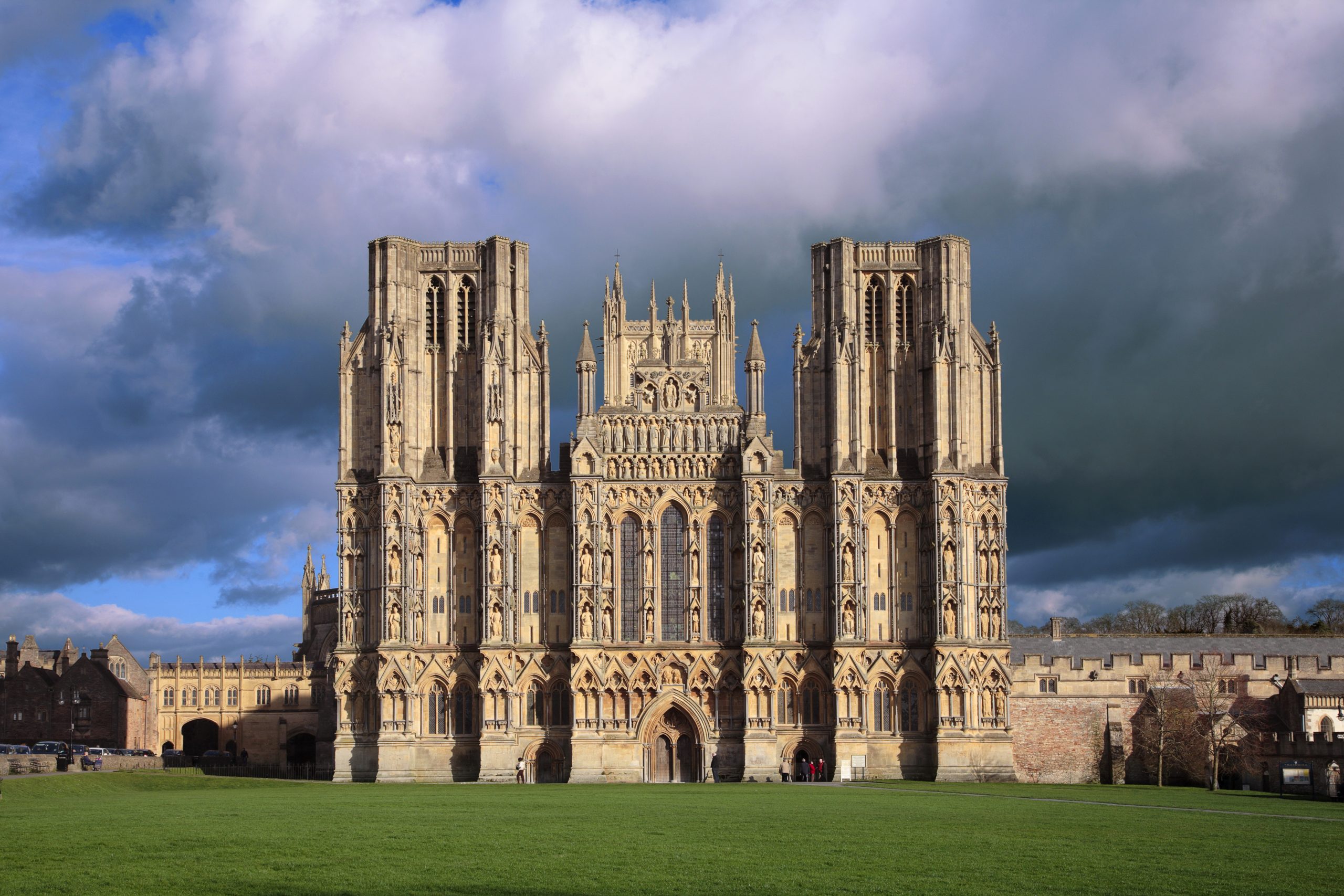
If Simon Jenkins were a building, what listing would he receive? Certainly Grade I, but I suspect a special super-plus category would be required. Many people would be content with a career as newspaper editor, columnist, National Trust chairman and general leading light, but he has further tasked himself to visit seemingly every structure of significance in this corner of the planet. After England’s Thousand Best Churches, England’s Thousand Best Houses and Britain’s 100 Best Railway Stations comes this latest volume, Europe's 100 Best Cathedrals. Does the man ever put his feet up?
The success of these works, based on heroically large numbers, has spawned imitators, in whom a trainspotterish urge may be suspected, but his book fulfils a real need. Here are the masterpieces of western civilisation.
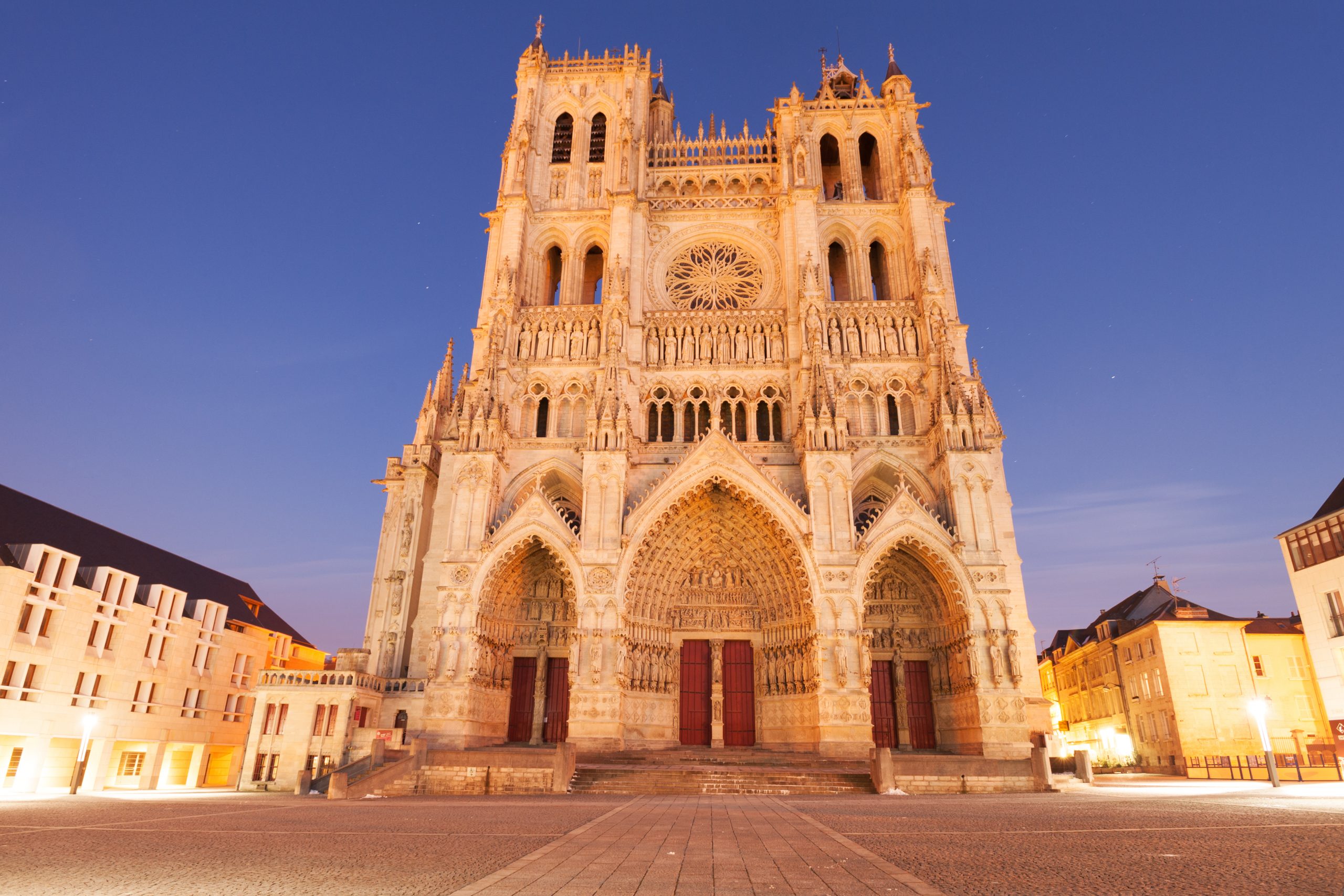
Naturally, they have always been revered and visited — once by pilgrims, now by tourists — but these mightiest of all collective works of art don’t occupy the place in cultural life that they once did.
As Sir Simon observes, worship at cathedral services has increased, as that in parish churches has declined; you do not have to be a believer to find the spirituality of the architecture and music compelling. As Napoleon observed on seeing Chartres: ‘This is no place for an atheist.’ One suspects, however, that the hoards who visit cathedrals because they are listed on TripAdvisor do not find a deeper meaning and may not know what they are looking at.
In the introduction, he suggests that tenets of Christian doctrine that would have been universally understood a generation ago must now be regarded as obscure to some. In this country, enthusiasts for the architectural heritage of cathedrals can study the ‘Buildings of England’, but the entries are now too long for most purposes and too dry for planning a trip.
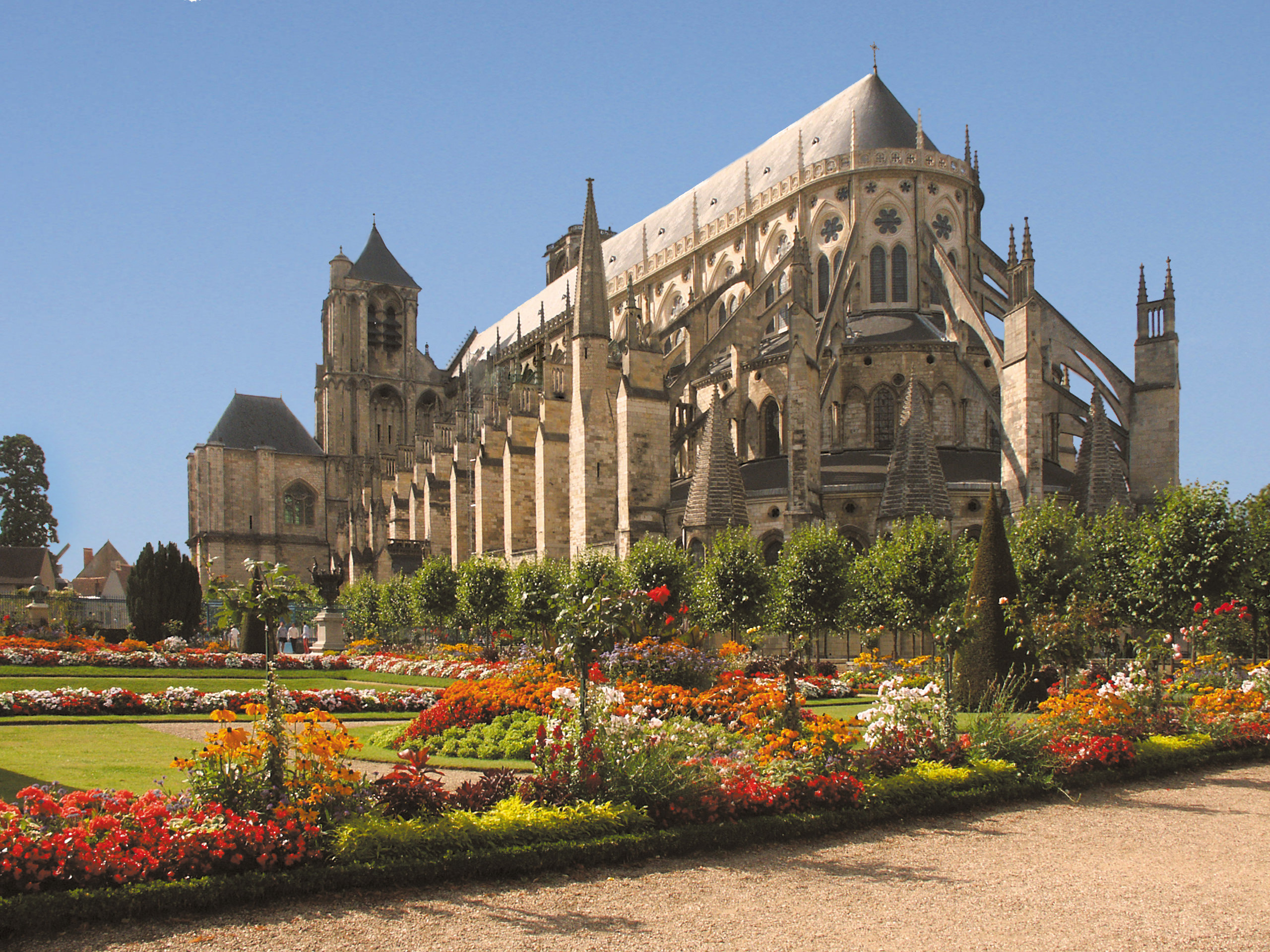
Sir Simon does not pretend to be a scholar or a man of faith, but his passion for the subject is irresistible. After reading this book, those of all levels of understanding will be afire to go on architectural pilgrimage.
He takes us from Magdeburg to Moscow, Soissons to St David’s, scattering apercus, opinions and similes. Amiens Cathedral rises like a moon rocket, Albi is a nuclear bunker, Westminster Abbey resembles a junk shop of commemorative statuary. Burgos has to come with a health warning, because of the grisly emotionalism of the carving. Gilbert Scott, whose restorations of historic fabric were loathed by William Morris, gets praise at Ely. The mania for extreme height that possessed the clerics of Beauvais provokes a wry aside about ‘architectural arrogance’. Awed by the antiquity of Hagia Sophia in Istanbul, now a mosque, the writer is beguiled by the name; Holy Wisdom is a more acceptable dedication to a secularist than that of a saint.
Exquisite houses, the beauty of Nature, and how to get the most from your life, straight to your inbox.
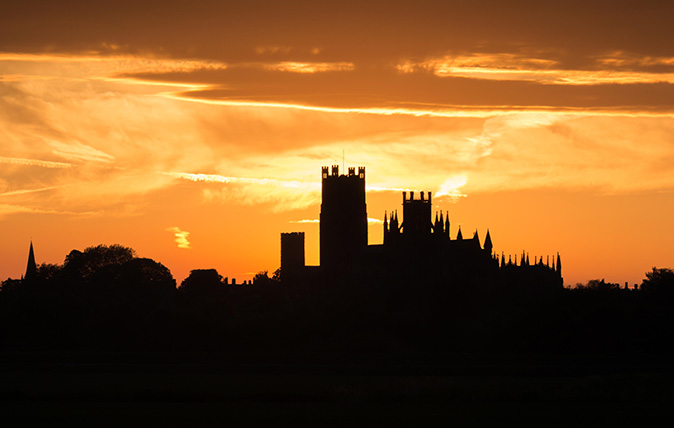
He has a keen eye for details of stained glass (Pharaoh dreaming of the seven fat years at Troyes) and carving (Eve sneaking an apple from the Tree at Autun). As a journalist, he has an instinct for the killer fact and a sublime assurance with the broad brush: Exeter is ‘architecture as theatre’ and Orvieto’s west front is ‘as near a perfect work of art as any cathedral I have seen’. Occasionally, he reveals the weather on the day of a visit or the lunch he ate in a piazza, making this guide approachable as well as authoritative. A star system is equally an attempt at approachability, but I am not so sure about it: it is impish to award only three stars to St Peter’s in Rome; in Britain, only Wells is accorded the full five (which is rum, considering the criticisms he makes of the decayed sculpture on the façade).
My real regret is that it is impossible for a work of this size to illustrate more than a fraction of the points of interest discussed. The captions are woefully short. Could some benefactor please underwrite a web version of this glorious book, in which the text is read by an actor and the imagery shown simultaneously? No printed work could do more to evoke the wonders of these great buildings, but words alone aren’t quite enough.
Europe's 100 Best Cathedrals by Simon Jenkins is out now (Viking, £30).
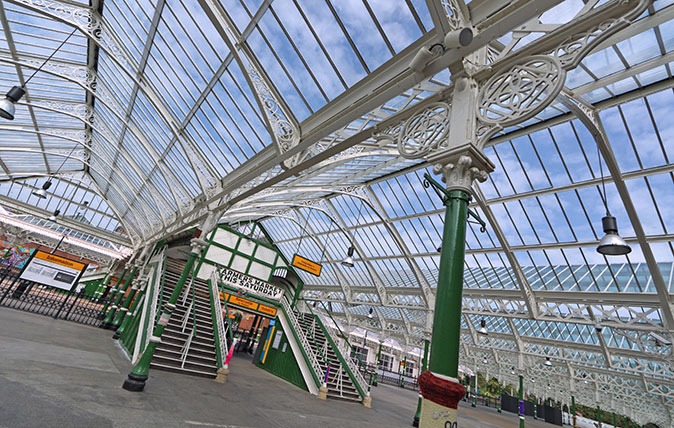
Credit: Alamy
Britain’s great railway stations: Victorian eclecticism, modern genius and one that is a true work of art
Simon Jenkins lauds our most romantic and architecturally significant railway stations, some of the unsung triumphs of British conservation.